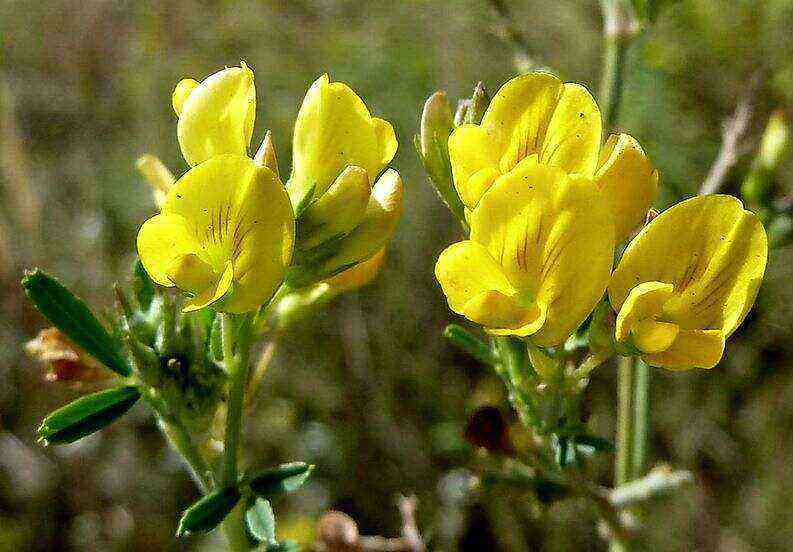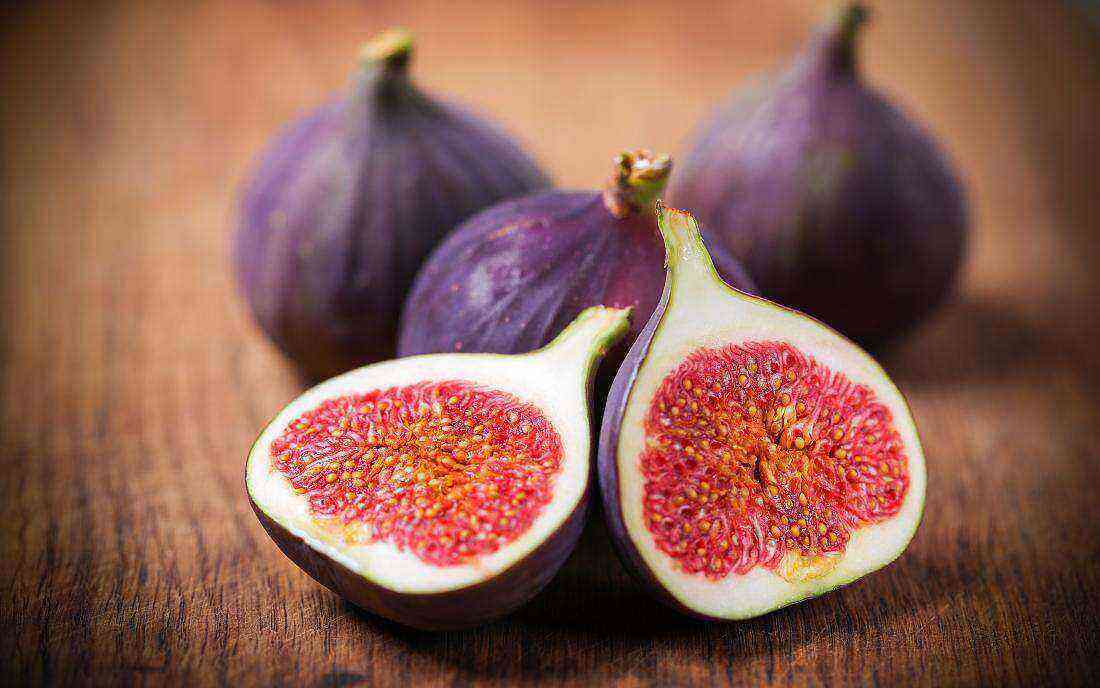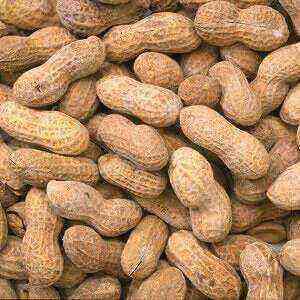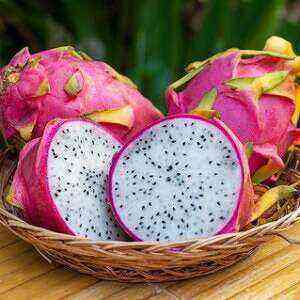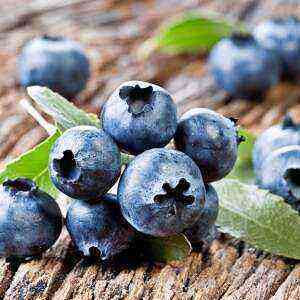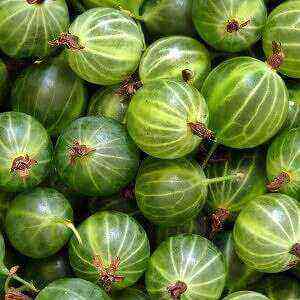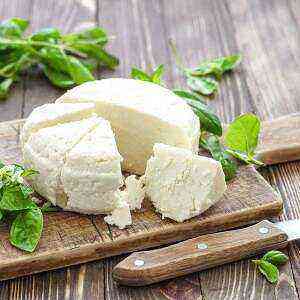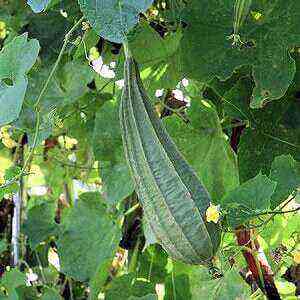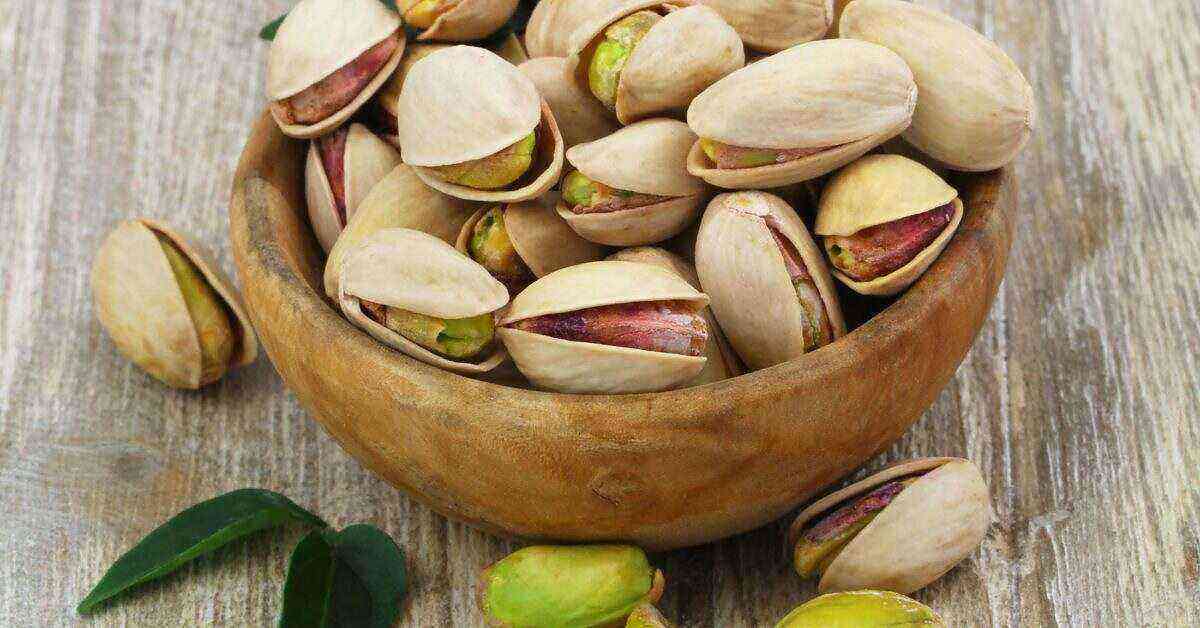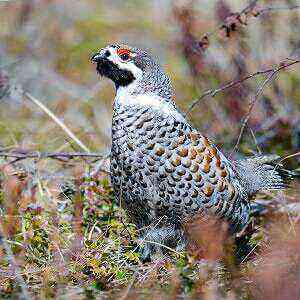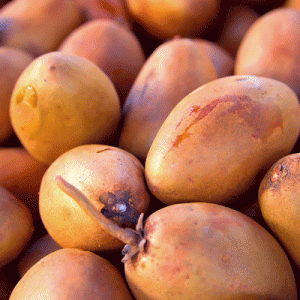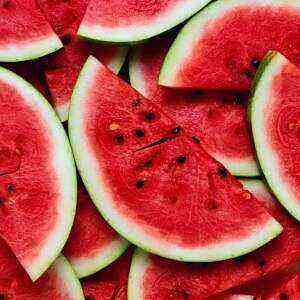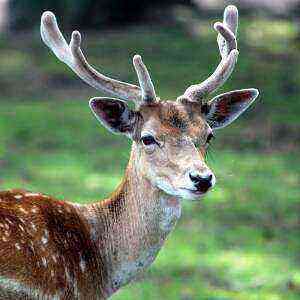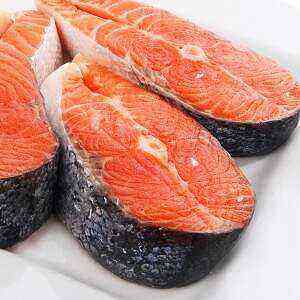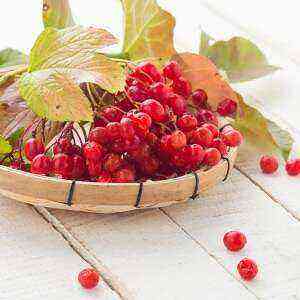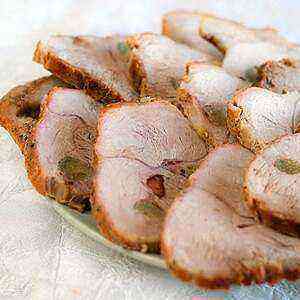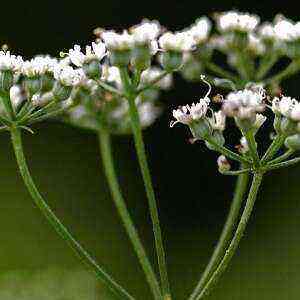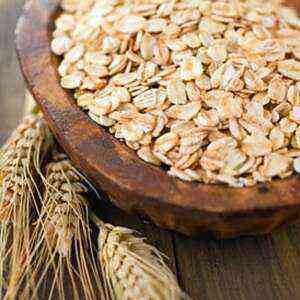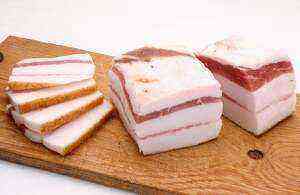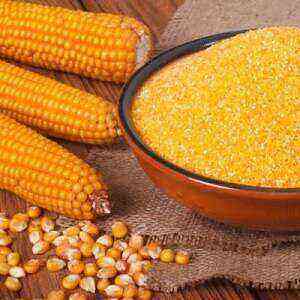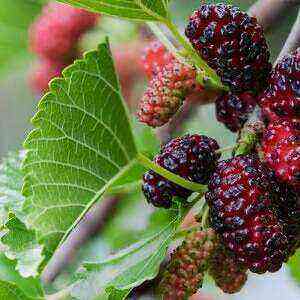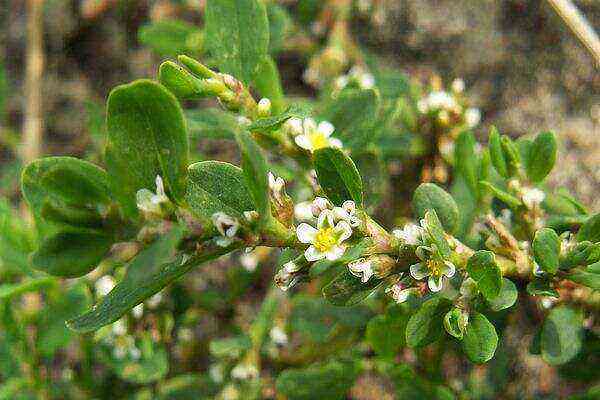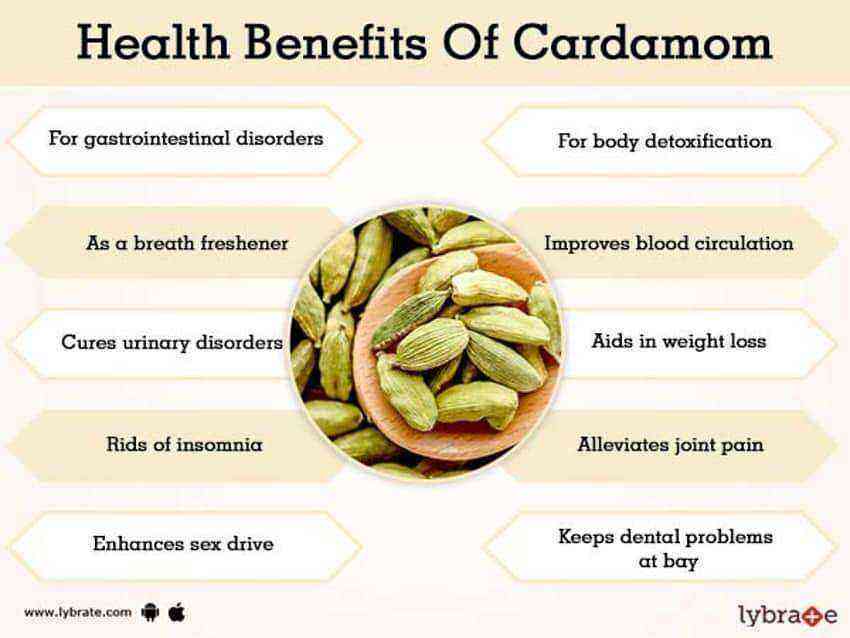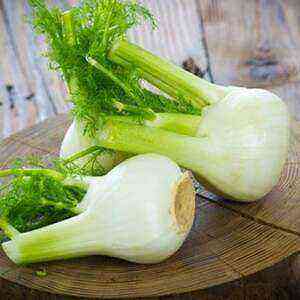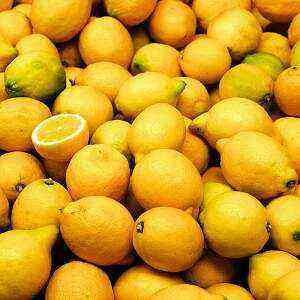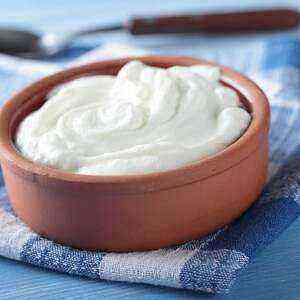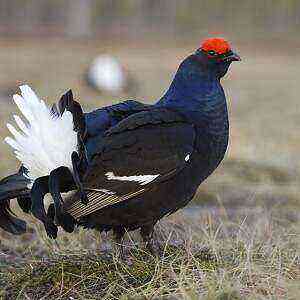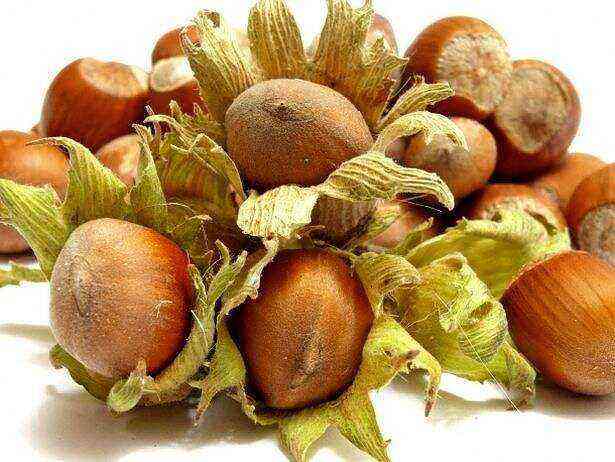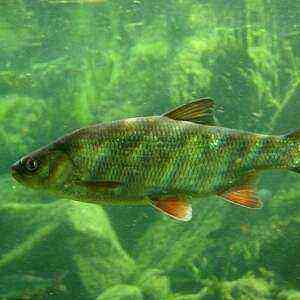 The ide is a representative of the species of ray-finned fish from the cyprinid family. Distributed from Siberia to Yakutia and in all countries of Europe, with the exception of its southeastern and southern parts. It inhabits the rivers from the Danube to the Kuban, as well as the Volga, Ural, Embu. Outwardly, the ide resembles roach and chub. This is a freshwater fish that keeps near bridges, off the coast with overhanging shrubs, near pits, below rifts and whirlpools.
The ide is a representative of the species of ray-finned fish from the cyprinid family. Distributed from Siberia to Yakutia and in all countries of Europe, with the exception of its southeastern and southern parts. It inhabits the rivers from the Danube to the Kuban, as well as the Volga, Ural, Embu. Outwardly, the ide resembles roach and chub. This is a freshwater fish that keeps near bridges, off the coast with overhanging shrubs, near pits, below rifts and whirlpools.
The ide is hardy, easily tolerates temperature changes, prefers deep rivers with a clay silted bottom with a slow flow. Fish meat is easily absorbed by the human body. It is a source of complete protein with essential amino acids (methionine, taurine, tryptophan, lysine), calcium, phosphorus.
IDE – a dietary product that is boiled useful for peptic ulcer, gastritis, heart pathologies. The fish ear stimulates digestion and increases the production of pancreatic enzymes.
Description of the species
The adult individual reaches 35-53 cm (maximum 90 cm) in length and weighs 2-2,8 kg (8 kg). The life span of an ide varies in 15-20 years. The body is thick, the mouth is small oblique, the head is shortened. Depending on the season, location and age, the fish may show clear differences.
The birthplace of the species is the Scandinavian countries.
In spring, the gill covers and the head of the ide acquire a characteristic golden hue, which shimmers in the sun with silvery, dark tones. The back is bluish-black, the belly is gray, the sides of the body are white. The lower and lateral fins are red, while the caudal and dorsal fins are dark. The eyes are yellow with a greenish tint with a dark spot above.
It is an omnivorous fish that feeds on higher aquatic vegetation, insect larvae, mollusks, and worms mainly during twilight time.
The ide becomes sexually mature by 3-5 years of age. Spawning occurs in the second half of spring. During this period, the body of the males is covered with small yellow warts. It is interesting that females dominate in the spawning herd, which are 2 times more. The ide lays eggs for 1-2 weeks simultaneously with pike and perch at a water temperature of 2-13 degrees. The number of offspring depends on the size of the female, her age and reaches up to 130 thousand pieces. The eggs are deposited on the roots of underwater plants at a depth of 0,8 m.
Chemical composition
The meat of an ide is white-yellow, juicy, sweetish, riddled with a large number of bones. It is believed that fish infected with various parasites, for the neutralization of which the carcass is processed at high temperatures, longer than the fillets of other representatives of the carp species (up to half an hour).
In 100 g of meat, 117 kcal, 75,4 g of water, 19 g of protein, 4,5 g of fat and 1,1 g of ash are concentrated.
In the summertime, the fish can give out the mud, so before cooking it is soaked in salted water for at least an hour 1.
Utility and danger
 Ide fillet is a source of macro- and microelements, easily digestible protein and polyunsaturated fatty acids, which are completely absorbed by the human body. Nutrients that make up the product improve the functioning of the musculoskeletal system and the nervous, endocrine, cardiovascular, circulatory systems.
Ide fillet is a source of macro- and microelements, easily digestible protein and polyunsaturated fatty acids, which are completely absorbed by the human body. Nutrients that make up the product improve the functioning of the musculoskeletal system and the nervous, endocrine, cardiovascular, circulatory systems.
Useful properties of carp representatives are directly dependent on the ecological state of the reservoir in which they stayed and the food supply.
According to the WHO, with regular consumption of fish, at least 2 once a week, the likelihood of atherosclerosis, heart attack, and malignant tumors decreases. Nutritionists are allowed to include the product in boiled form in the diet of patients suffering from diseases of the gastrointestinal tract, because it is digested during 2 hours, without loading the digestive tract, while for the assimilation of meat in the same volume will be required 2,5 times more time.
Useful properties of ide:
- strengthens bone tissue, in particular the teeth, contributes to the proper formation of the skeleton, prevents the development of osteoporosis;
- stimulates digestion, improves appetite;
- prophylactic avitaminosis;
- reduces nervous tension, suppresses irritability and aggressiveness;
- improves coronary circulation;
- reduces cholesterol parameters, increases vascular tone, prevents the development of Parkinson’s disease.
The potential harm of an ide is due to the presence of river fish in a polluted environment. As a result, tender meat absorbs pesticides, radionuclides, particles of heavy metals from the reservoir, it becomes toxic and dangerous to use. In addition, in a salty and dried form, it is contraindicated for people suffering from hypertension and kidney disease.
The ide is a bony fish. Remember, even the smallest bone can hit the intestines, stomach, esophagus or throat when ingested. Because of this, it is not recommended to give it to young children.
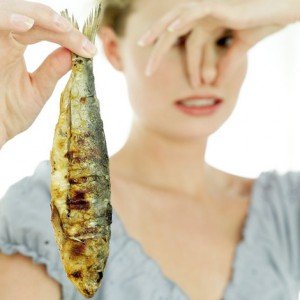 Other cons:
Other cons:
- often causes allergies;
- practically does not contain useful omega-3 acids;
- quickly deteriorates;
- represents the danger of infection by worms (when eating infected meat).
Freshwater fish is less beneficial to the human body than the sea. In addition, nutritionists insist on the need to exclude smoked ide from the daily diet. During processing, such a product accumulates carcinogenic substances in meat, which leads to the development of cancer.
Cooking variations
The ide is baked, fried, salted, boiled, smoked, and also used to make fillings for pies and canned food. The most popular fish dishes – ear, aspic, aimed at stimulating the production of gastric juice.
“Pickling ide”
Ingredients:
- sugar – 100 g;
- salt – 200 g;
- fish carcasses – 4 pcs;
- allspice crushed pepper, coriander.
Principle of preparation:
- Rinse the fish, cut off the tail and head, open the belly, remove the insides, wipe with a dry cloth. If desired, you can additionally remove the ribs, spine.
- Grate fish fillet with spices, sugar and salt.
- Place the carcass under the yoke, leave in a cold place on the 2 of the day.
Ready fish tastes like salmon. It can be eaten raw or smoked.
Remember, extra care should be taken when cleaning fish. At the end of the gutting, the carcasses thoroughly wash their hands, and the cutting board, knife, doused with boiling water. Otherwise, it increases the likelihood of infection with worms.
“Baking an Idea”
 Ingredients:
Ingredients:
- lemon juice – 30 ml;
- onions – 2 pcs;
- carcass of fish – 4 pcs;
- lemon – 0,5 pcs;
- red and black pepper, salt;
- sour cream;
- vegetable oil.
Principle of preparation:
- Peel the fish, cut off the fins, wash.
- To eliminate the smell of tina, place it in a weak salt solution for 2 hours.
- Onion peel and chop, mix with spices, lemon juice. The resulting mixture stuffed carcass from the inside.
- Make transverse incisions on the outside of the body. Insert lemon rings. Rub the shell of ide with salt and pepper.
- Pour vegetable oil on a baking sheet, place onion rings on top, lay carcasses, coat with sour cream. Cover the form with foil, put in a preheated oven for 1 hour, maintaining a temperature of 180 degrees. 15 minutes before the end of cooking, remove the “metal” paper.
Idea dishes are very popular among gourmets around the world, as it is combined with most products. Among which are distinguished: onions, potatoes, tomatoes, cilantro, mint, spinach, parsley, sour cream, cheese, milk, porcini mushrooms, oyster mushrooms, champignons, raisins, crabs, lemon zest.
Spices compatible with fish: sesame, thyme, nutmeg, pepper, vinegar, coriander. To emphasize the expressive taste of the ide, beer, white wine, wheat flour, macemel, olive oil are used. Serve with creamy sauce.
How can I cook
Stuff with egg, greens, pickle with coriander, bake with mushrooms under sour cream or sesame and tomatoes, stew with raisins in beer or wine, smoke with spices. In addition, fish cooked aspic, fish soup, meatballs, canned food, toppings for pies.
Fishing for ide
Fishing in winter
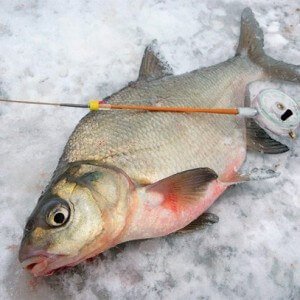 In the cold season, the ide rests on the pits, adjacent to the bream and perch. With the improvement of the weather comes to the mouths of streams, stranded. During this period, it can be caught on a perch lure, and when it gets burned, even on tackle at a depth of up to 0,5 m. Ide avoids fast streams, choosing places with a small current with a sandy-silty bottom with slight differences in depth. It can keep near the piles of various hydraulic structures or among flooded shells in small flocks, it is caught along the way with other fish. Large specimens live singly above the sandy bottom near clean artificial structures.
In the cold season, the ide rests on the pits, adjacent to the bream and perch. With the improvement of the weather comes to the mouths of streams, stranded. During this period, it can be caught on a perch lure, and when it gets burned, even on tackle at a depth of up to 0,5 m. Ide avoids fast streams, choosing places with a small current with a sandy-silty bottom with slight differences in depth. It can keep near the piles of various hydraulic structures or among flooded shells in small flocks, it is caught along the way with other fish. Large specimens live singly above the sandy bottom near clean artificial structures.
In many cases, in winter, the ide bites on the pike tackle; it is caught by the perch, grabbing spoonfuls and live bait. It is activated on the eve of spring with the melting of ice. It is during this period that he begins to die and you can catch respectable individuals weighing more than 500.
To facilitate fishing in the winter it is recommended to prepare in advance a parking lot for ide. To do this, a snag, surrounded by stones, is flooded in the right place on the 3 m in depth. Artificial lining on a flat bottom attracts the attention of any fish.
Active biting is observed in the morning, but the ide is caught even at night until dawn. In winter, a fishing rod is used, on which feed from plant components (pea puree) with protein additives, larvae of worms, bloodworms, burdock moths, sweetened white dough with bark beetle is strung. On large rivers, ides are caught for small fish: Verkhovka, Krasnoperka, crucian carp, and mustard. He bites resolutely, so he is hooked after a 3-second exposure.
Catching spring
With the departure of ice, the fish wakes up from hibernation, the water level in the streams rises, which contributes to its active zhora. In late March and early April, the ide goes to the oxygen-rich tributaries, where it restores strength, is flushed from parasites, and feeds heavily in anticipation of spawning.
Interestingly, the higher the water level in the river, the better the fish bite. The most catchy places for ide fishing in spring are the area near the coast with overhanging vegetation.
As the water warms up in the ducts, the females gain strength and begin to spawn. Then return to the main body of water. The fish bite during 24 hours, but it is activated early in the morning and in the evening. In the spring, it is as active as possible, therefore it is caught on artificial baits that imitate insects, spinners with spinners, twisters, wobblers, small poppers. In addition, suitable bottom gear for bottom fishing.
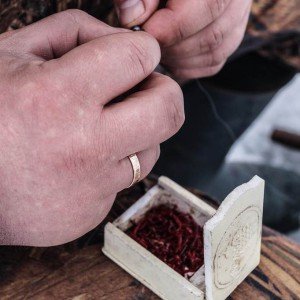 In early April, the ide is still too lazy, so to attract his attention, the bait is lowered lower to the bottom. Otherwise, he will simply ignore her.
In early April, the ide is still too lazy, so to attract his attention, the bait is lowered lower to the bottom. Otherwise, he will simply ignore her.
The most effective baits of animal origin: May bug, burdock, bark beetle larvae. In addition, to attract fish interest, you can prepare a feed mixture of clay, any porridge and crushed worms. The ingredients are thoroughly mixed, balls are rolled from them, which are lowered into a pond, where they soften and break up into small pieces. Instead of complementary foods, you can simply use steamed peas, wheat or flakes of oatmeal. After 30-50 minutes, the food will attract the ide and you can lower the rod into the water.
Remember, a representative of the carp family is suspicious, so in order not to scare him away, one should carefully move, not rustling leaves, keep quiet in the process of fishing and even hide in the bushes.
Fishing in summer
Abundance of food, heat, warm water and poor appetite are the reasons for poor ide biting. In summer, the fish lives on steep river banks, near snags at a depth of 4-5 m with a slow, reverse current. The best time for ide fishing is late evening or early morning (before 9 o’clock). As the sun rises, the bite gradually decreases and when it rises high enough and completely disappears.
At a depth of 4 m, the fish can be caught with a float fishing rod, but only feeders are suitable for catching it from the thickness of the water. As a nozzle they use vegetable food (steamed wheat or peas, mastyrku) to which sometimes add pieces of dung worm, moldy mold or bloodworms. A huge role is played by bait in the form of steamed peas with porridge and clay or white river fish.
Ide – a cautious representative of the carp, in order to catch it you must use the most inconspicuous elements of the equipment (thin leads with a diameter of 0,14-0,18 mm).
Fishing in the fall
With the approach of cold weather, the behavior of the fish and its location change. As a rule, the ide goes stranded, where many fry are concentrated and there is practically no flow. During this period, he prepares for winter, begins to actively eat, store fat. This is a good time for anglers, as the biting is just as intense as in spring. As gear, they use a bottom fishing pole, which is thrown no deeper than 2 m into the water column. Leads should be thin and inconspicuous so as not to frighten the fish in the clear water.
In autumn, special attention is paid to the composition of complementary foods, which changes every month. In September, it is a mixture of dry oatmeal, wheat flour, steamed peas, maggots. In October “Hercules” is replaced with earth. The best bait in November is crucian carp or loach live bait.
Fish lure for half an hour. The main task is to collect the maximum amount of small things to the baited hook. Lure placed in a small depression at the bottom in small quantities, so as not to oversupply the fish, wait for the approach of the flock.
Summer bait and black leeches, live bait are suitable as bait. Remember, catching ide is an exciting procedure that requires knowledge and skill.
Conclusion
Ide is a shy, bony fish that lives in rivers and lakes. The maximum density of representatives of the carp family was recorded closer to the North. The mass of an average individual, as a rule, does not exceed 2 kg. The fish is caught with wiring or float tackle, donk, fly-fishing, avoiding strong currents. Biting depends on the season: the most active in spring and autumn, passive – in summer and winter.
An ide is a fish with a tender, sweetish meat, which contains an easily digestible protein that is important for the human body. Mineral compounds and polyunsaturated fatty acids, which are part of the product, improve the condition of blood vessels, strengthen bones, and normalize digestion, without loading the digestive tract. Fish is recommended to use 2-3 once a week for 100.
Remember, ide instantly deteriorates, so it should be prepared immediately after purchase or catch (within 24 hours). Otherwise, by eating stale fish, you can “get” food allergies, indigestion and worm infections.
